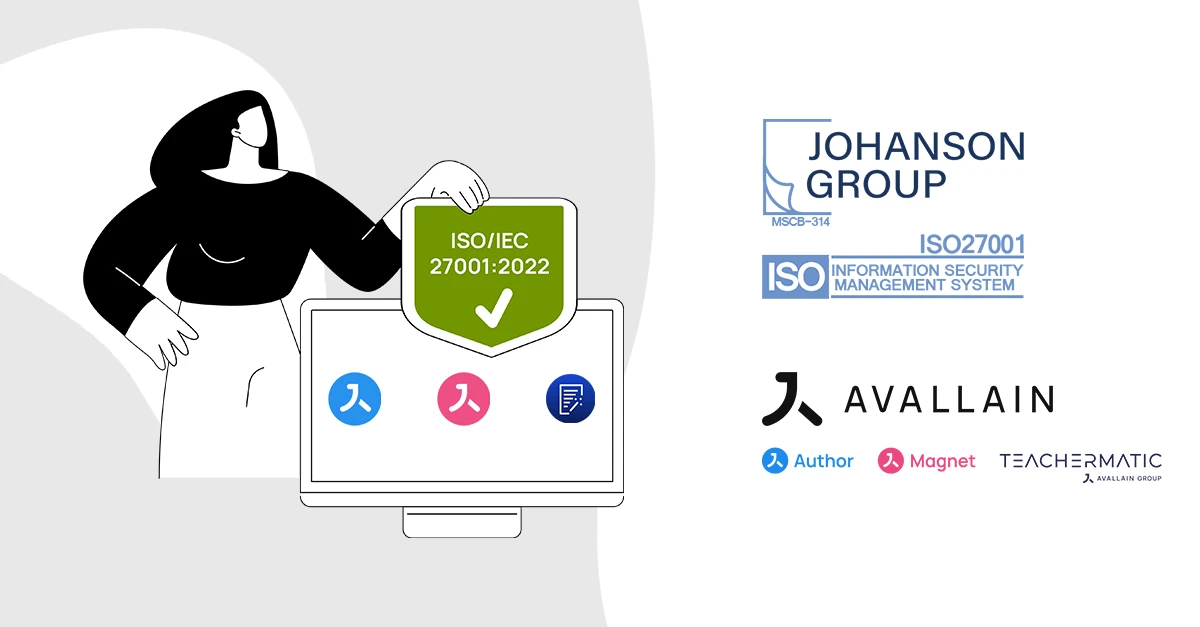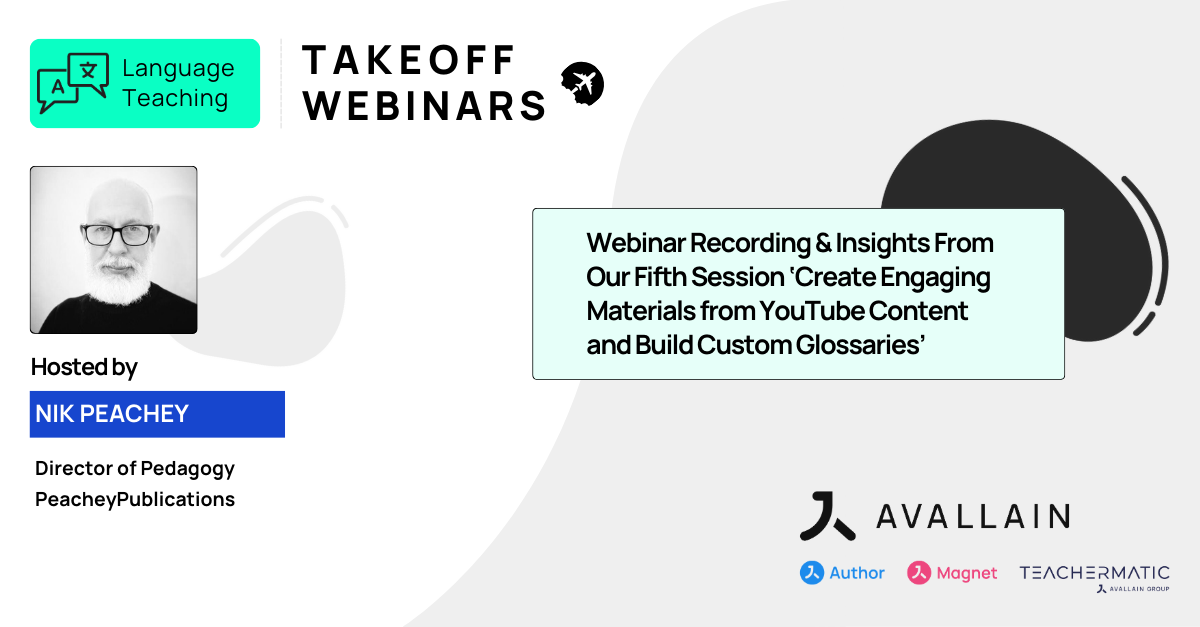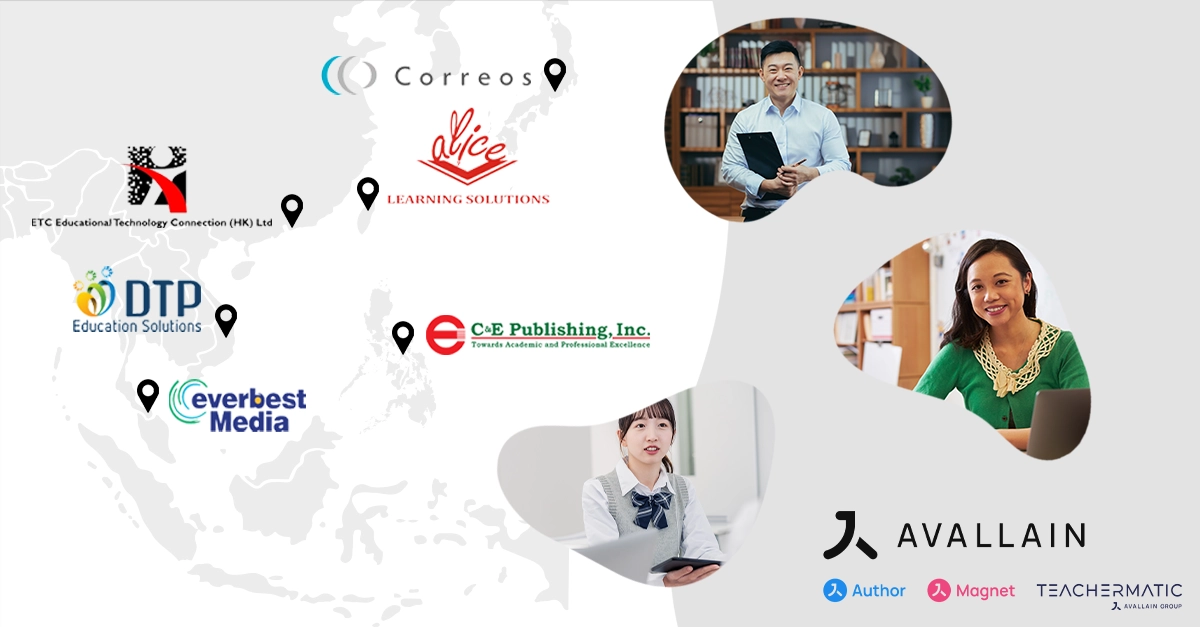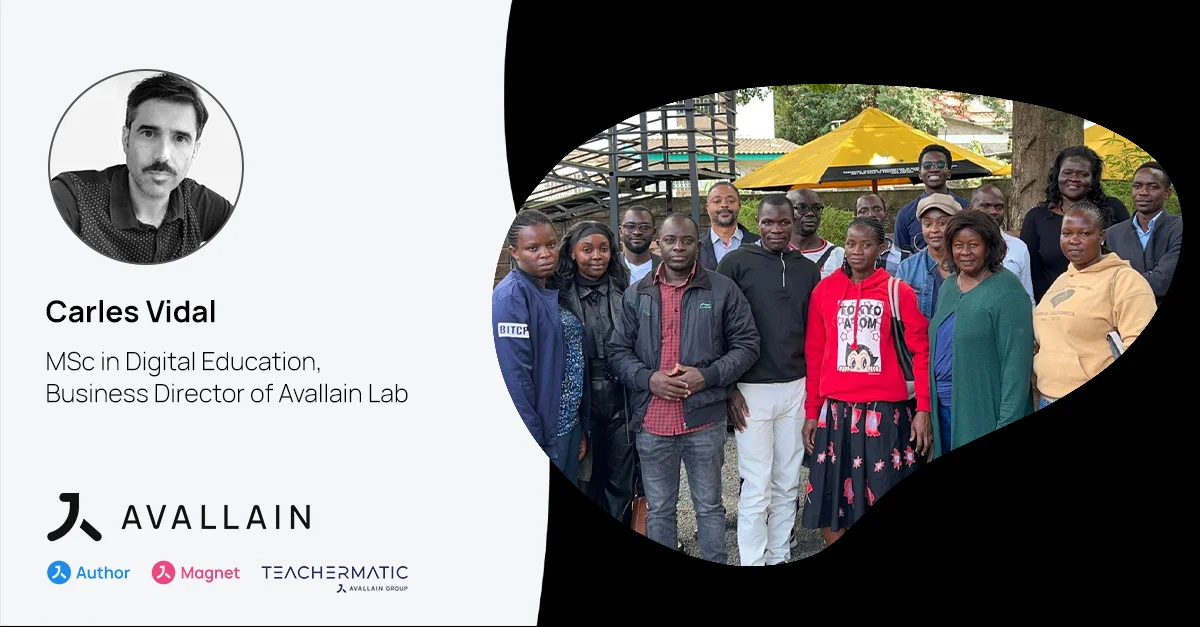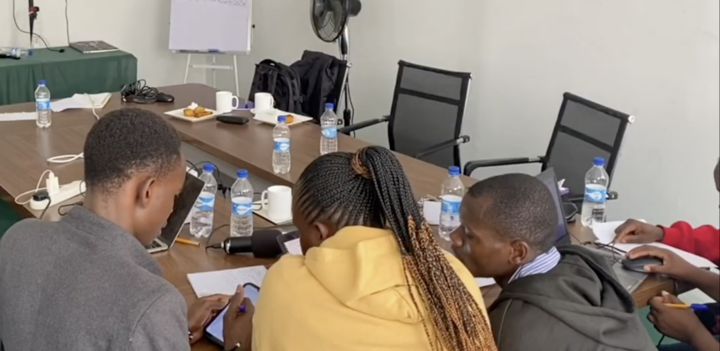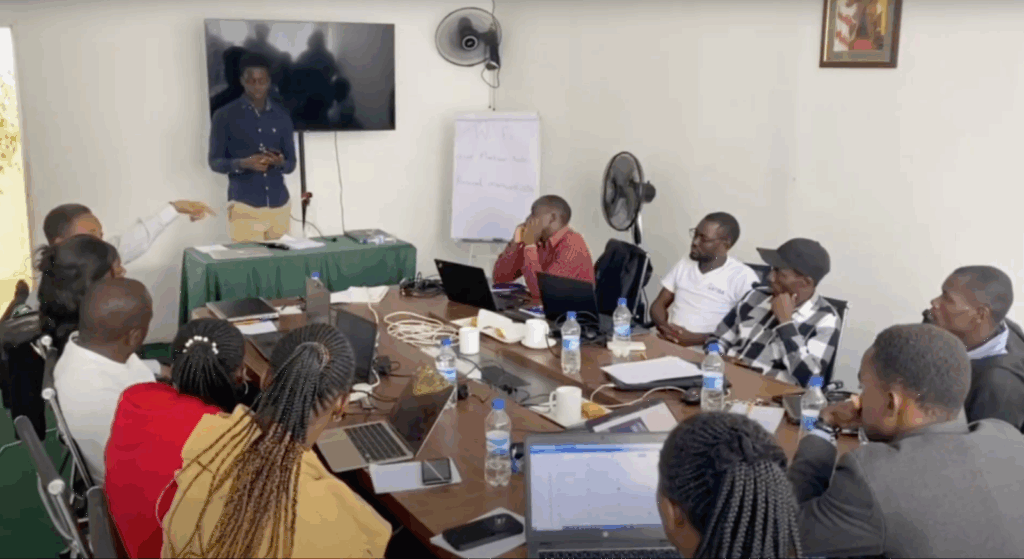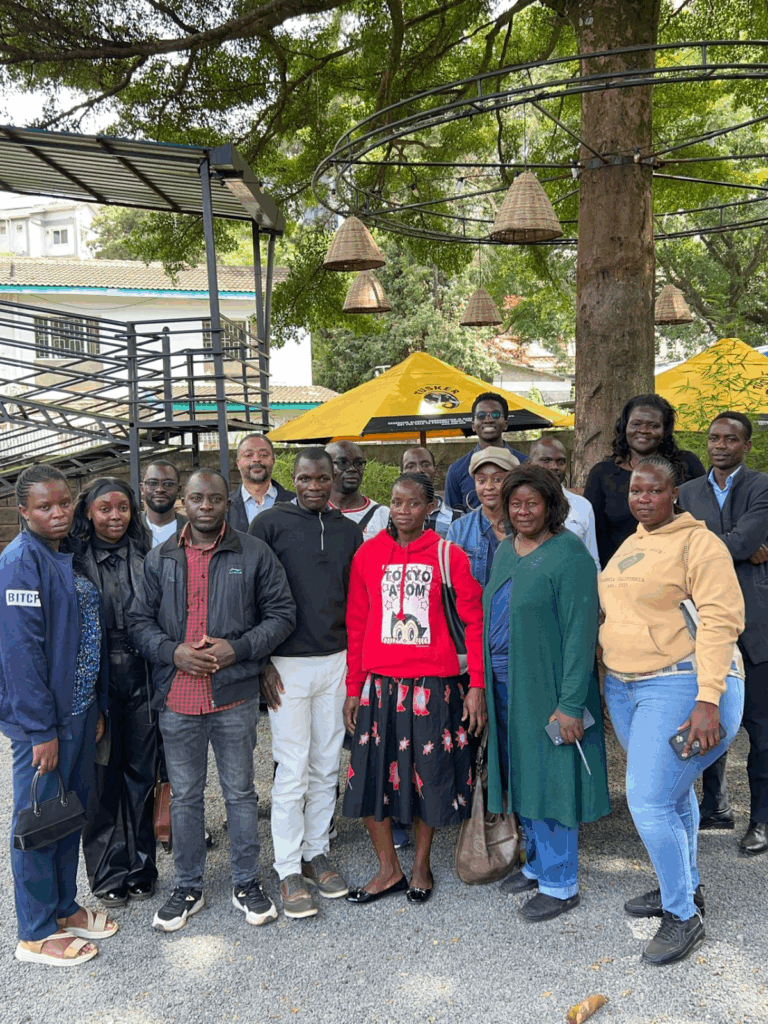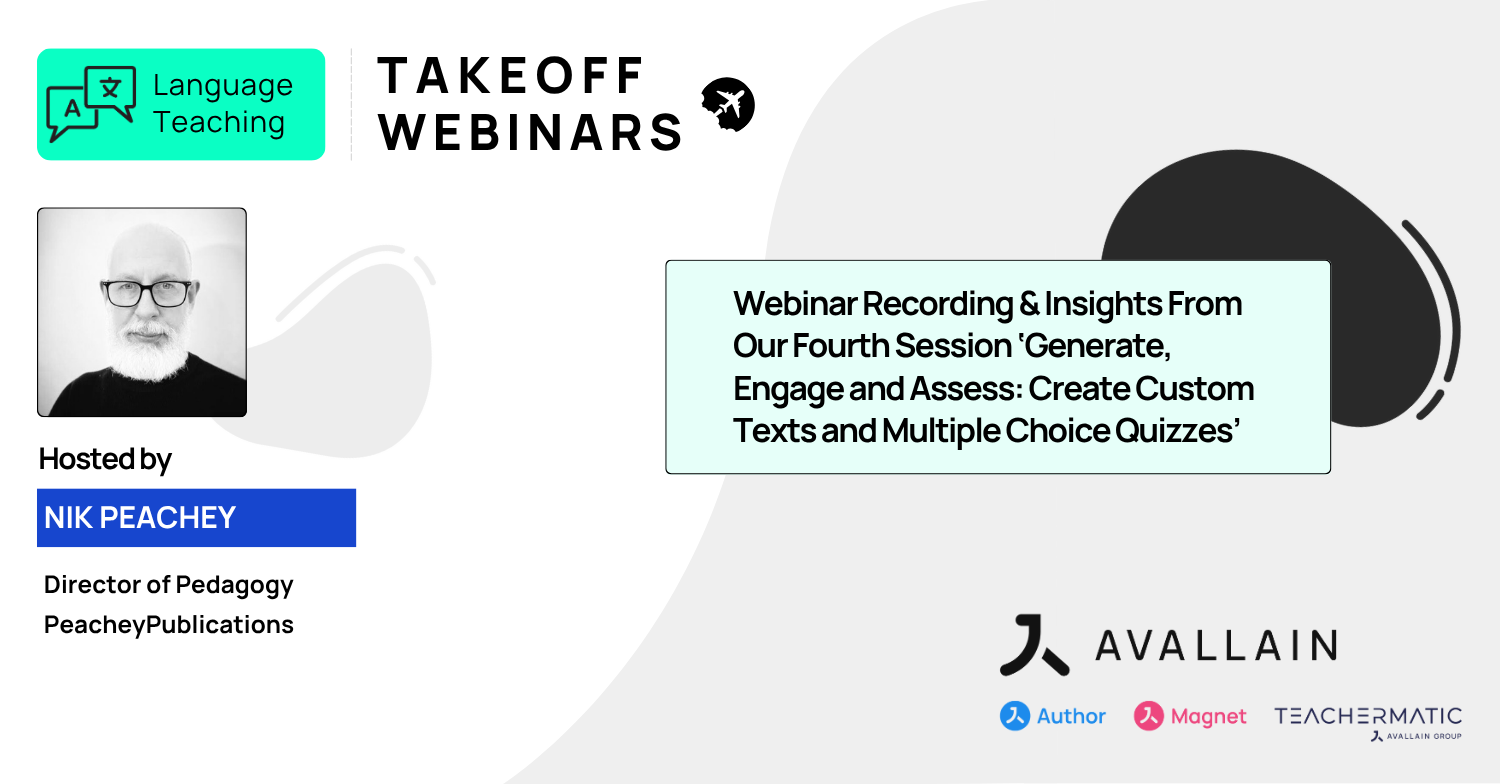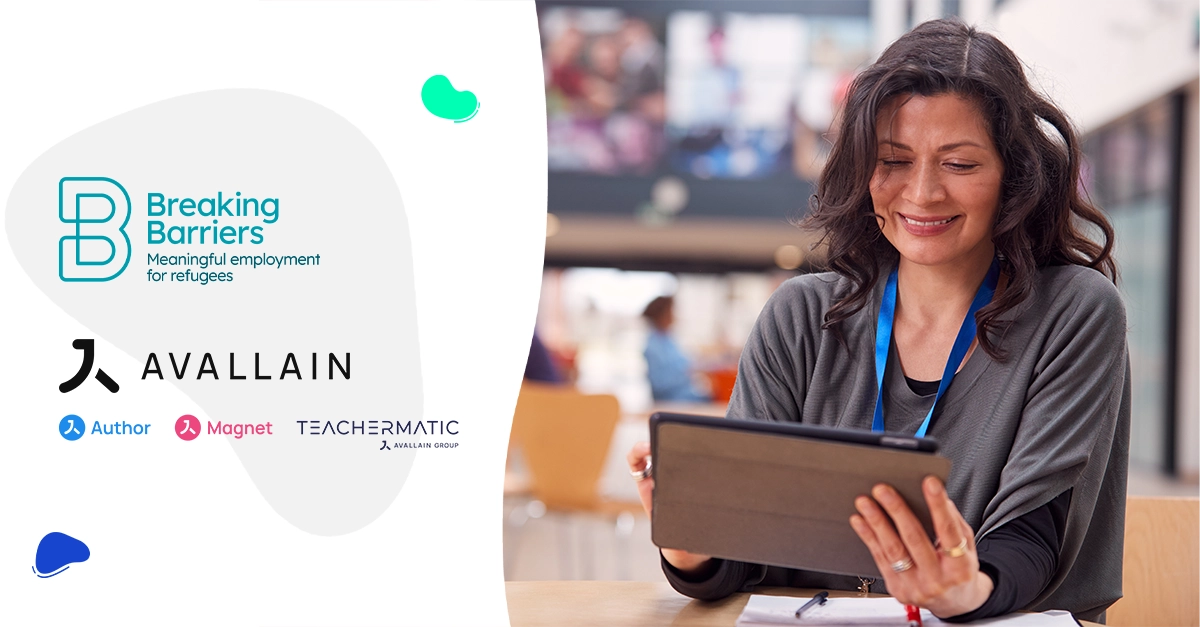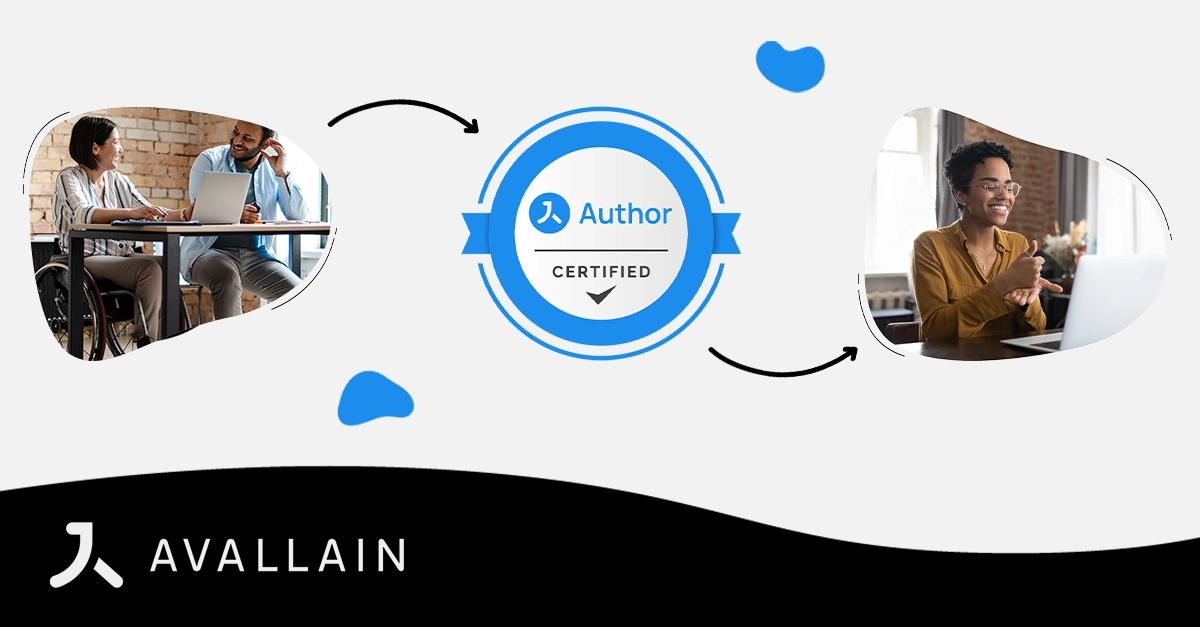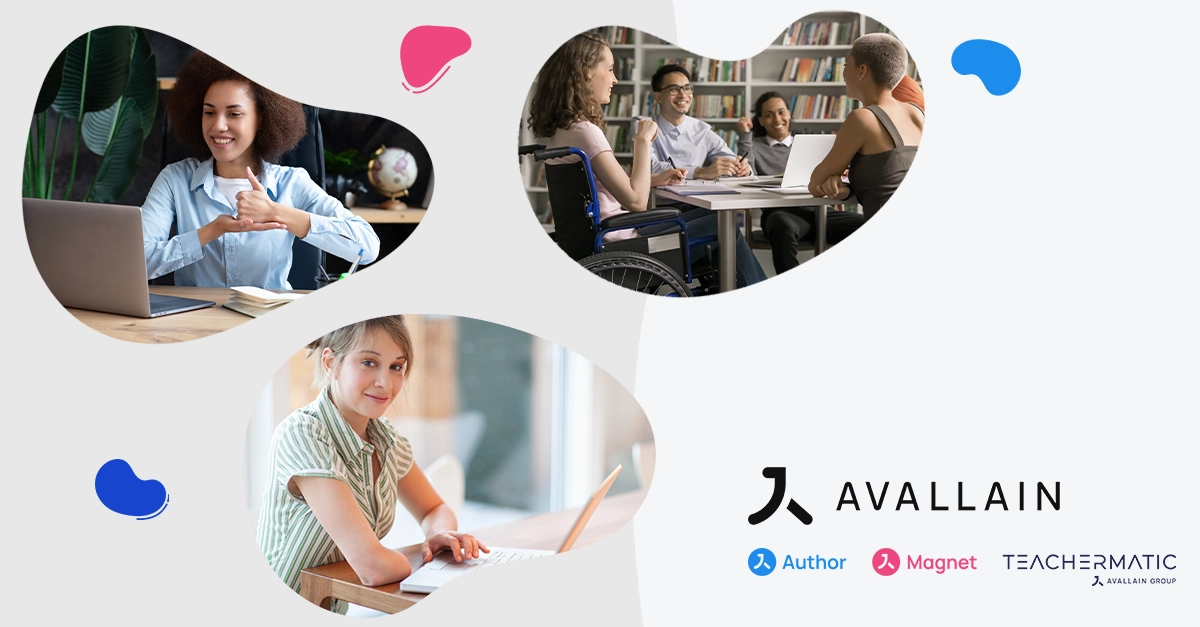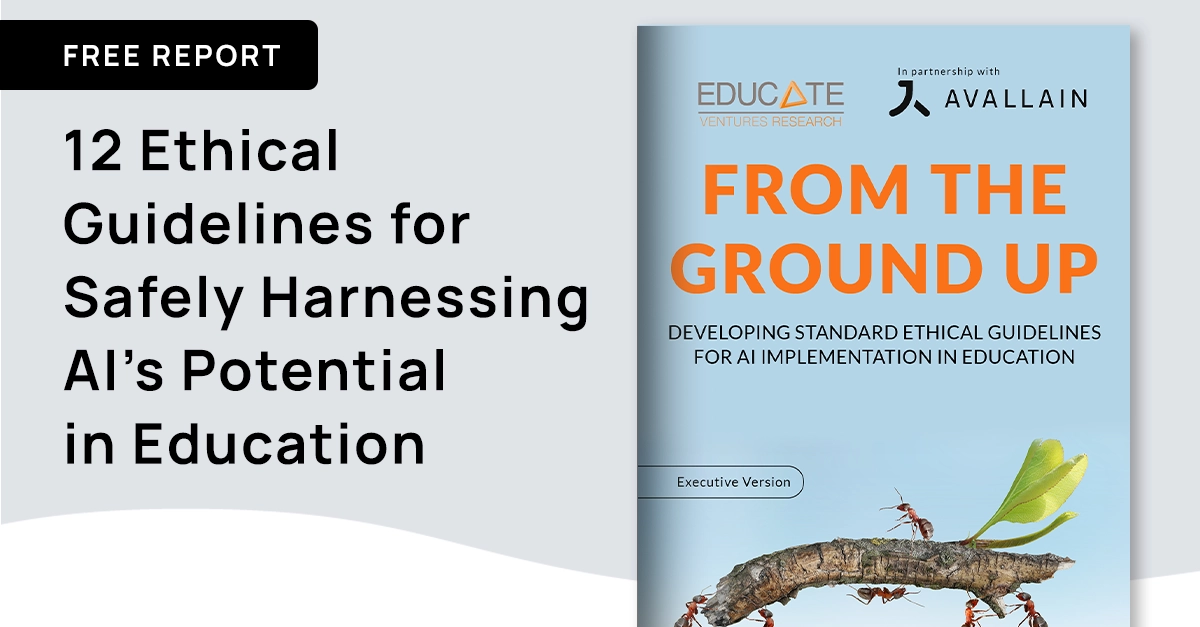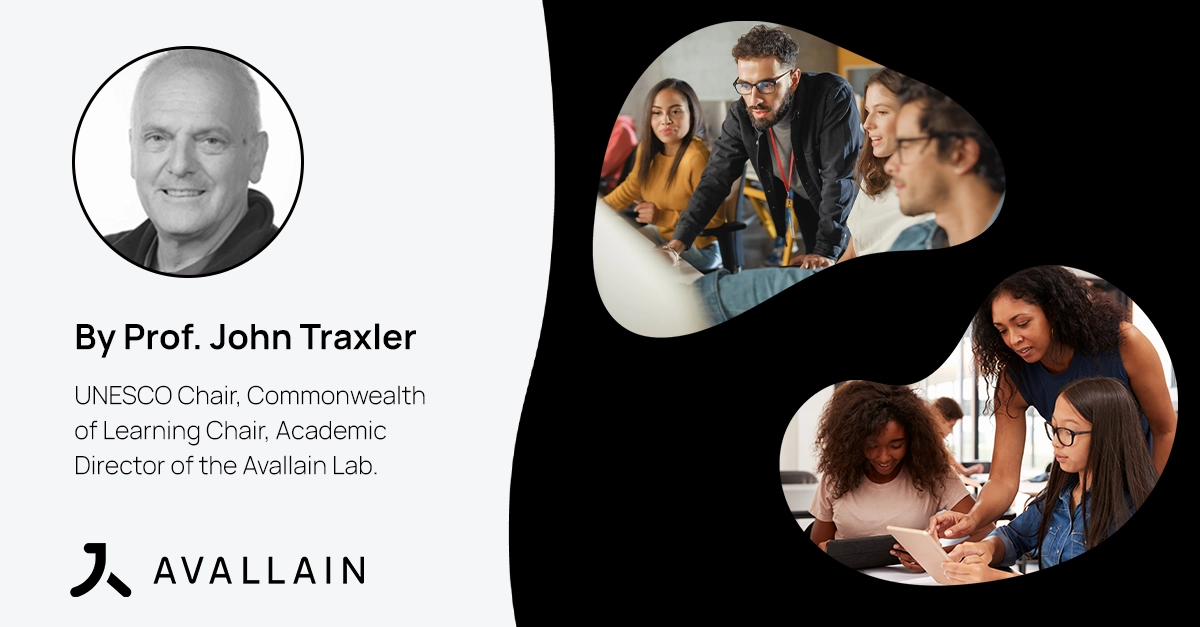Following a comprehensive audit by the Johanson Group, Avallain has added the ISO/IEC 27001:2022 certification, in addition to its existing SOC 2 credentials and further reinforcing the security foundation underlying its digital education solutions for publishers, institutions and educators.
Avallain Expands Its Security Foundation with ISO/IEC 27001:2022 Certification in Addition to SOC 2 Compliance
Zurich, October 2025 – Avallain has successfully achieved ISO/IEC 27001:2022 certification following an audit conducted by the Johanson Group, complementing our long-standing SOC 2 Type II compliance.
Together, these certifications demonstrate our adherence to internationally recognised standards of information security management. It’s also a reflection of our holistic, multi-layered approach to security and compliance, reinforcing the trust that publishers, educational institutions and educators place in its digital learning solutions.
Reinforcing Our Security Posture: From SOC 2 to ISO/IEC 27001
This newly achieved ISO/IEC 27001:2022 certification builds upon our already established SOC 2 Type II accreditation, forming part of an integrated, robust security framework.
By combining ISO/IEC 27001 with SOC 2, we offer a layered assurance approach:
- ISO/IEC 27001:2022 emphasises process-driven, risk-based, organisation-wide information security.
- SOC 2 Type II status underpins strong controls over data security, availability, processing integrity, confidentiality and privacy.
Together, these certifications contribute to a stronger, more resilient security stance for all our clients and partners.
Ensuring Security and Trust in Digital Education
ISO/IEC 27001:2022 is the leading international standard for information security management systems (ISMS). It provides a structured framework for managing risks and protecting the confidentiality, integrity and availability of information across all levels of an organisation, through the implementation of a comprehensive set of security controls.
In the context of digital education and edtech, this certification is particularly relevant. As learning experiences become increasingly data-driven and AI-enabled, safeguarding sensitive information ranging from intellectual property to learner data is essential to ensure compliance, maintain trust and support secure development.
How ISO 27001 and SOC 2 Strengthens Avallain Solutions and Avallain Intelligence
These certifications cover the processes, policies and controls that underpin Avallain’s core solutions: Avallain Author, the publisher-grade authoring tool; Avallain Magnet, the AI-integrated learning management system; and TeacherMatic, the AI toolkit for teachers.
By aligning these solutions with ISO/IEC 27001:2022 and SOC 2 Type II, we ensure that every element of its technology ecosystem is designed and operated in accordance with rigorous information security standards. This includes evaluating our statement of applicability, verifying control objectives from Annex A (a core component of the ISO/IEC 27001:2022 standard) and continuously monitoring and improving controls.
This certification also reinforces Avallain Intelligence, Avallain’s framework for the ethical, safe and responsible use of AI in education. As AI becomes more embedded in our solutions, we also adhere to emerging regulations and adopt industry-leading guidance such as the OWASP LLM Top 10 standard, which catalogues the most critical security issues for large language models.
A Continued Commitment to Security and Reliability
Avallain’s ISO/IEC 27001:2022 certification, in complement with its SOC 2 credentials, represents an ongoing commitment to maintaining the highest standards of data protection and operational integrity.
Through this combined certification approach, we provide publishers, institutions, edupreneurs and educators with even greater confidence in the security of their data and the systems they rely on.
We remain dedicated to ensuring that security is never an afterthought, but foundational, enabling the development of solutions in digital education without compromise and supporting a safer, more transparent and sustainable edtech ecosystem.
About Avallain
For more than two decades, Avallain has enabled publishers, institutions and educators to create and deliver world-class digital education products and programmes. Our award-winning solutions include Avallain Author, an AI-powered authoring tool, Avallain Magnet, a peerless LMS with integrated AI, and TeacherMatic, a ready-to-use AI toolkit created for and refined by educators.
Our technology meets the highest standards with accessibility and human-centred design at its core. Through Avallain Intelligence, our framework for the responsible use of AI in education, we empower our clients to unlock AI’s full potential, applied ethically and safely. Avallain is ISO/IEC 27001:2022 and SOC 2 Type 2 certified and a participant in the United Nations Global Compact.
Find out more at avallain.com
_
Contact:
Daniel Seuling
VP Client Relations & Marketing
